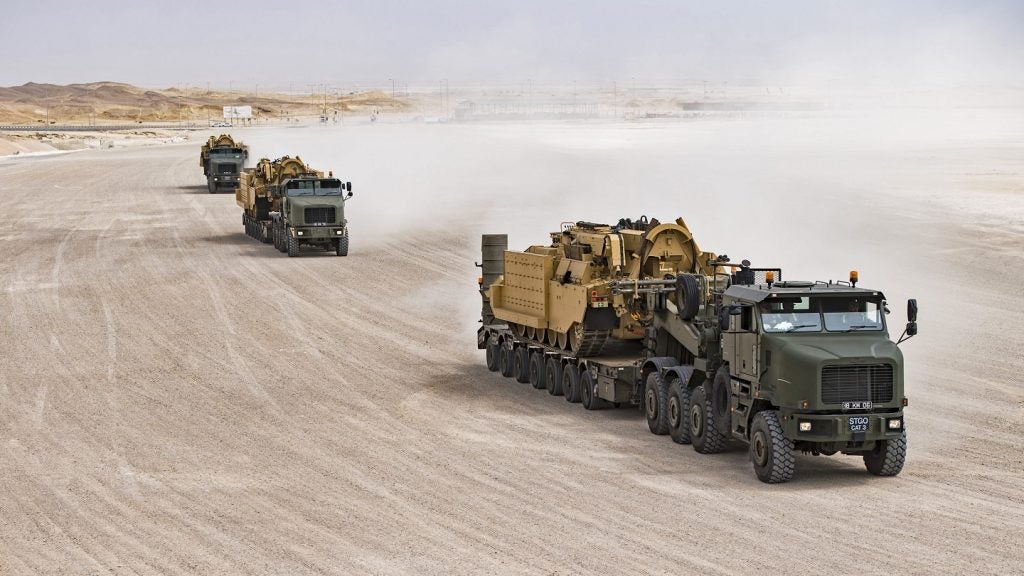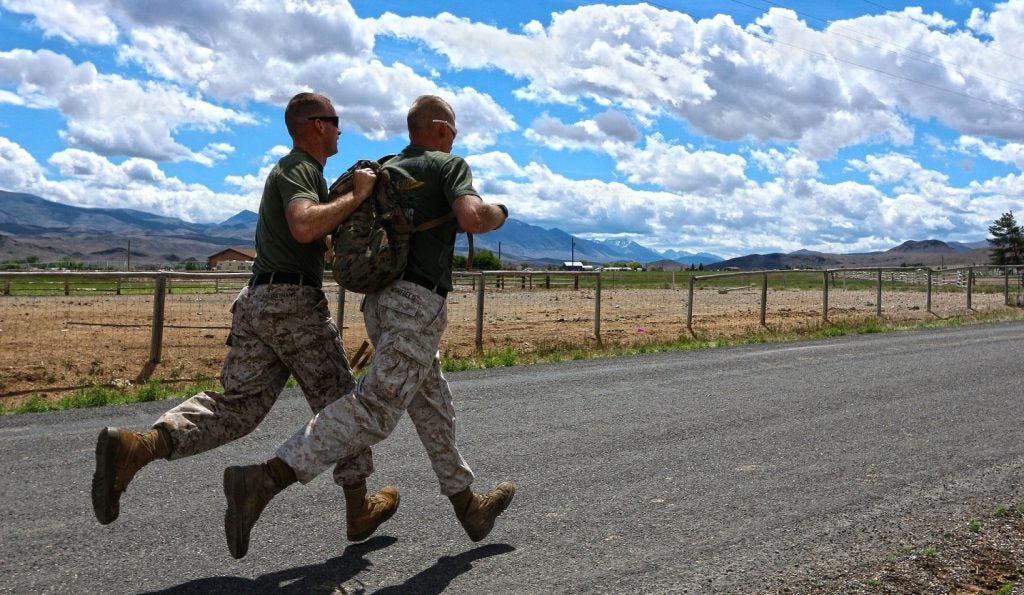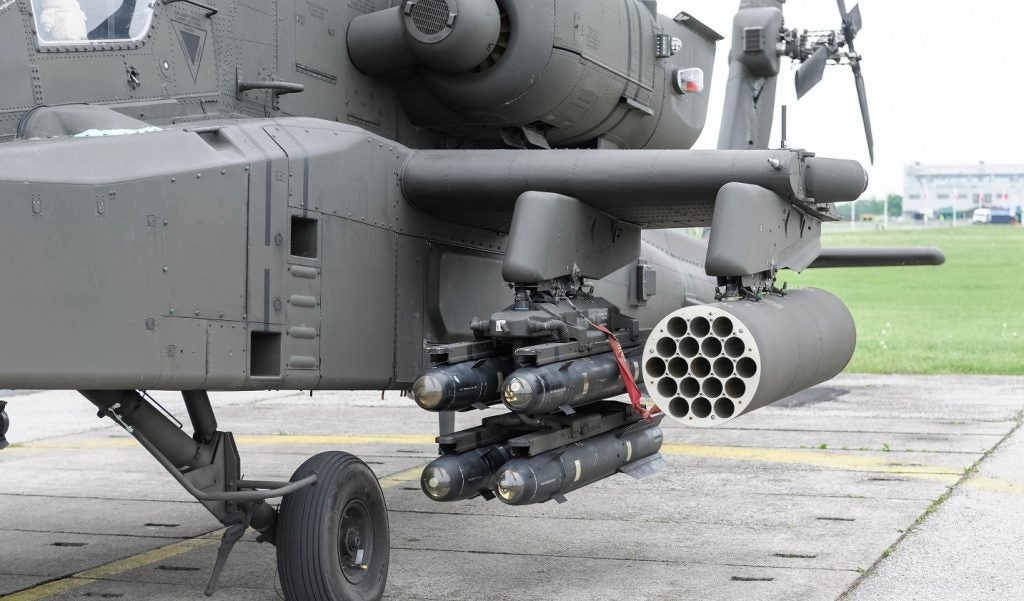
QinetiQ delivery lead for WSRF Mike Purnell said: “This builds on the Weapons Science and Technology Centre (WSTC) that QinetiQ has run for the last seven years.
“QinetiQ is not a company that ever sits still; it continued to innovate the WSTC through its seven-year life. But it has taken the opportunity of the Weapons Sector Research Framework to step that innovation up and, I would say, fix one or two things that we felt were not quite right about the predecessor, and also to embrace some of the changes that the customer injected as well, and try and build on those.”
Under the new framework, QinetiQ acts not just as a contractor, but a bridge between academia, leading defence manufacturers such as MBDA, Thales and BAE Systems, SMEs and the Armed Forces. This is achieved through what is referred to by QinetiQ as an ‘enterprise approach’ and represents a show of faith in QinetiQ from the Ministry of Defence (MOD).
A trusted bridge
Under the framework, QinetiQ is not so much acting as a defence contractor, but rather, as Purnell puts it, being trusted to spend MOD money, allocate projects and move projects on behalf of the Armed Forces, not at their direction.
Commenting on this trust and enterprise approach, Purnell explained: “I don’t think there are many examples where MOD trusts a prime contractor sufficiently to work with them to plan, research, and decide how the MOD is going to spend its money. Then trust that contractor to run open, fair and transparent competitions spending MOD’s money on their behalf.
“The enterprise is about all parts of the customer community – MOD head office, Dstl, Defence Equipment and Support, to frontline commands, industry of all sizes, the exploiters, the SMEs. All come together to solve problems and deliver capability. That’s what we mean by the enterprise approach.”
How well do you really know your competitors?
Access the most comprehensive Company Profiles on the market, powered by GlobalData. Save hours of research. Gain competitive edge.

Thank you!
Your download email will arrive shortly
Not ready to buy yet? Download a free sample
We are confident about the unique quality of our Company Profiles. However, we want you to make the most beneficial decision for your business, so we offer a free sample that you can download by submitting the below form
By GlobalDataPurnell said that trust from the MOD was ‘hard-won’ and built upon the company’s years managing the WSTC, where at times the team had to ‘firewall’ itself away from the rest of the QinetiQ business to run competitions which another aspect of QinetiQ may itself have bid on. Purnell added that QinetiQ being given that ability amounted to a ‘significant vote of trust and confidence’ from the MOD to deliver mission-led innovation.
Protecting that trust, Purnell said, was important to his team, with it operating out of its own dedicated office, protecting the confidentiality of its operations. Purnell added: “We believe we must enjoy the trust of MOD, and the other industry partners so that they understand how we protect everybody’s interests in this approach.”
Rapid innovation
One aspect of the MOD QinetiQ is working with under the WSRF is Team Hersa, a joint Dstl-DE&S team, aimed at understanding how to procure Directed Energy weapons, both laser and Radio Frequency (RF) systems.
Purnell explained: “QinetiQ has significant capability in both, but in the WSRF we are working with Team Hersa and other parts of government and industry to make sure that we can understand how to apply these for defence capability in the future. Some of the early tasks which are being competed through the WSRF is in support of Team Hersa.”
Another key area that will see development supported through the WSRF is high-speed weapons including hypersonic missiles. Purnell said: “We have an absolute myopic focus on delivering operational capability for the user and improving that. Those are two areas that that are significant initiatives. But there are lots of incremental gains to be had as well. From improving some of what we do already and learning from other sectors.”
In learning from other sectors, QinetiQ benefits from working in the security space as well as defence, which Purnell said brought with them a ‘whole host of benefits’. Purnell explained this helps the weapons sector to not reinvent the wheel when technologies can be pulled through from other sectors and tweaked to meet defence needs.
Purnell said: “Why would the weapon sector have to reinvent all the protective measures around communication links to missiles, to have secure command systems and the like when that work is being done in another sector and can be ported across at much lower cost?
“Why would the complex weapons business want to not have access to a range of material advances when material advances are going on elsewhere that they can benefit from? It is about getting the customer the best possible capability at an affordable cost.”
Another aspect of delivering innovation is working more closely and improving the routes into defence work for Small-Medium Enterprises (SMEs), and under the WSRF SME involvement is one of the contracts measures for success.
Purnell added: “Government has a strategic objective to place more work with SMEs and clearly we want to support them in that. We are measuring SME input as a performance indicator throughout the life of WSRF as to how successful we are in getting work through to them.”
As part of this, QinetiQ has appointed an SME champion, Daniel Jubb who leads the Falcon project, to help work on SME integration and has doubled the number of routes to market under the WSRF. Purnell explained: “We used to have just two or three ways of competing work in WSTC, we’ve now got six. Recognising at the top end that these demonstrator programmes need a more detailed competitive approach and at the lower end, having some high tempo approaches to deal with some short notice and relatively modest requirements.”
Although still in its early stages, WSRF has already surpassed its predecessor the WSTC, with 97 companies already involved, which set to increase as the five-year framework progresses.
Commenting on the importance of the involvement of companies such as Thales, MBDA and BAE Systems, Purnell explained: “One of the great advantages for the customer in having a single framework that everybody’s using is that we make sure there’s no duplication. We check that as the work progresses we can share the outputs widely across the customer community.
“We have the key exploiters of this technology in the industry – particularly MBDA, Thales and BAE Systems – involved in much of the work there’s a much better chance of it being exploited. Whether that is into UK weapon systems or generating prosperity for the UK by being able to put it into capabilities that could be sold more widely.”







